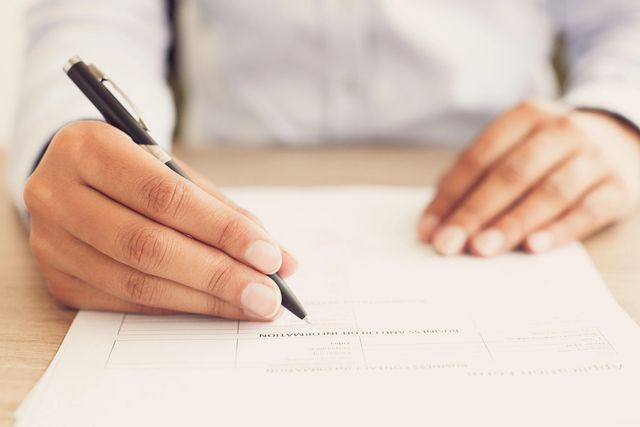Is there a way to find out if my child may develop a learning or behavioral disorder?
This is a KEY question!
YES! This is a very good and KEY question! In the check list pay attention to the “5 points” statements. Keep track of your number of points and there will be an explanation below. For some of the statements, you may need to ask the parents.
Track Your Total Points
1. My child is extremely sensitive with one or more sense (such as sounds, light, or touch) that she can’t function effectively. (5 points)
2. The positions and alignment of my child’s feet are different. (2 points)
3. My child does not make noises when trying to verbalize. (3 points)
4. When my child crawls, climbs, or walks, he is not coordinated from one leg to the other. (5 key points)
5. When my child was an infant, she had a difficult time rolling from the belly to the back. The rolling motion was like a solid log instead of a spiral movement. (2 points)
6. When my child was an infant, she could not move to a sitting position on both sides in the same way or without any help. (3 points)
7. When my child was an infant, and even now, he does not use his feet against the floor in a GI Jo crawl (belly on the ground moving like a lizard). (5 points)
8. When my child was an infant, she did not crawl long before walking. (5 points)
9. When my child crawled, he did not move his legs and arms in homolateral and cross lateral movements. When the leg and arm move together forward and back from one side this is a homolateral movement (right arm to right leg). When the arm and leg move forward and back from opposite sides, this is cross lateral movement (right arm to left leg). (5 points)
10. When I watch my child climb up or down stairs, there is an awkwardness in her balance. (3 points)
11. My child exhibits strange behaviors such as repetitive movements. (4 points)
12. My child changed behavior suddenly. For example, she may stop wanting to take baths, stop talking, or isolate and withdraw in a group. (3 points)
What should I do if my student meets any of the criteria on the checklist? If the answers are yes to any of the “5” point questions, seek professional advice. Look for a therapist that knows how to re-education motor patterns from a neurological level. Both the brain and body movements must be integrated. If the child has many of the symptoms, I highly recommend a Feldenkrais® practitioner on the team. Feldenkrais® practitioners should be able to integrate all the other professionals’ modalities (like neurologist, counselors, and occupational therapists) into the Feldenkrais® session. You can also contact me for a consultation. If the symptoms in the child are severe, get a team together that consists of a development specialist, doctor, Feldenkrais® practitioner, and counselor. For scores 12 or higher, get the child into a developmental movement program (such as the Federal Government program here in Hawaii we have the “Tutu’s and Me” program. Movement classes may help, however, do less structured classes such as improvisational free dance, yoga games, or tumbling. It is important to address the issue as soon as possible.
What does movement have to do with emotional and mental behavior?
Movement organization (with the physical education program Part II of Wellness Through Movement) improved the wellbeing of hundreds of children with and without emotional or mental challenges. Every sense, every thought, and every emotion movement expresses the experience. The reeducation of mind/body movement organization balanced the senses, settled the mind, and opened the heart every time. Children’s behavior ranged from simply becoming kinder to have a longer attention span and better executive functioning. The most significant and sustainable results happened with children between the ages of five and eight.. Biomechanics of Psychology
